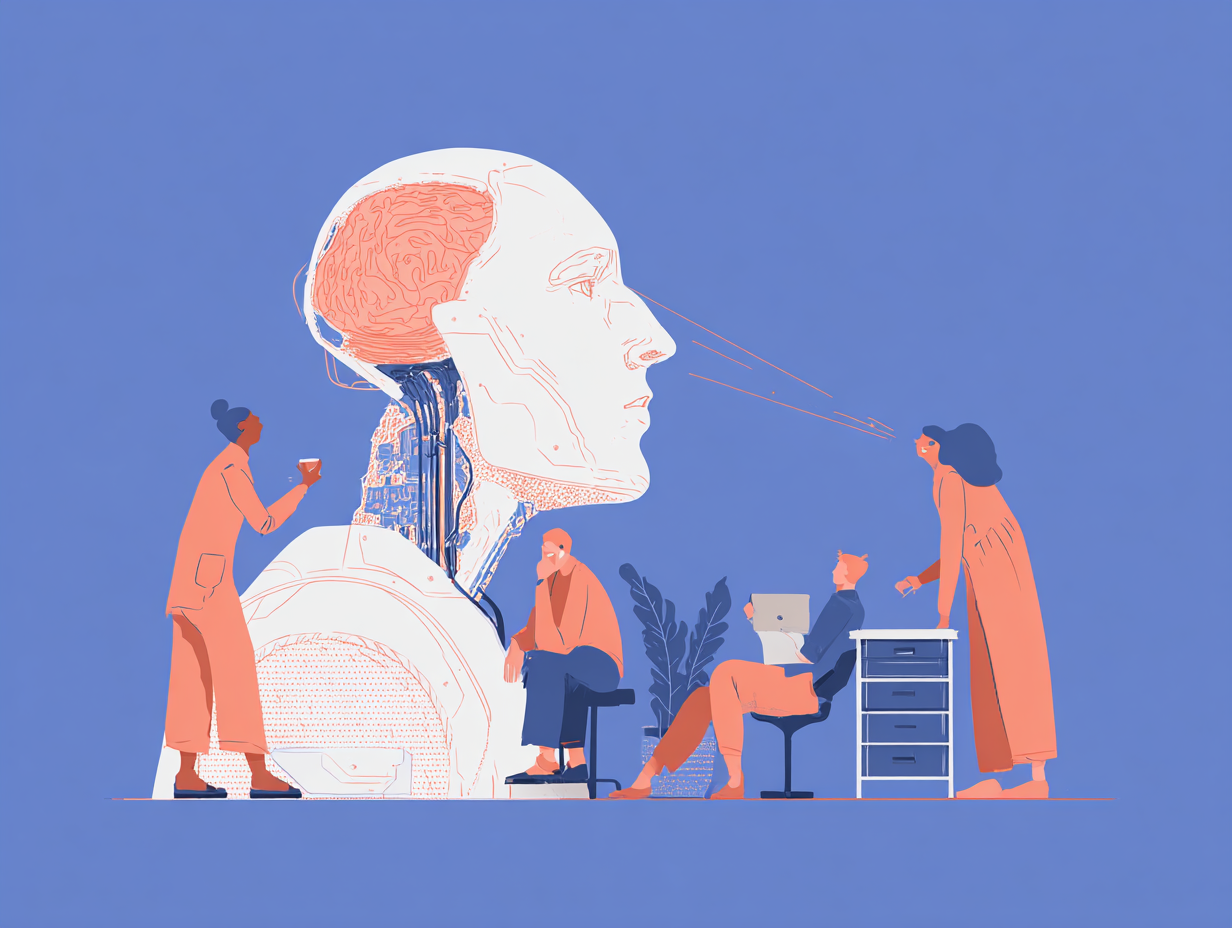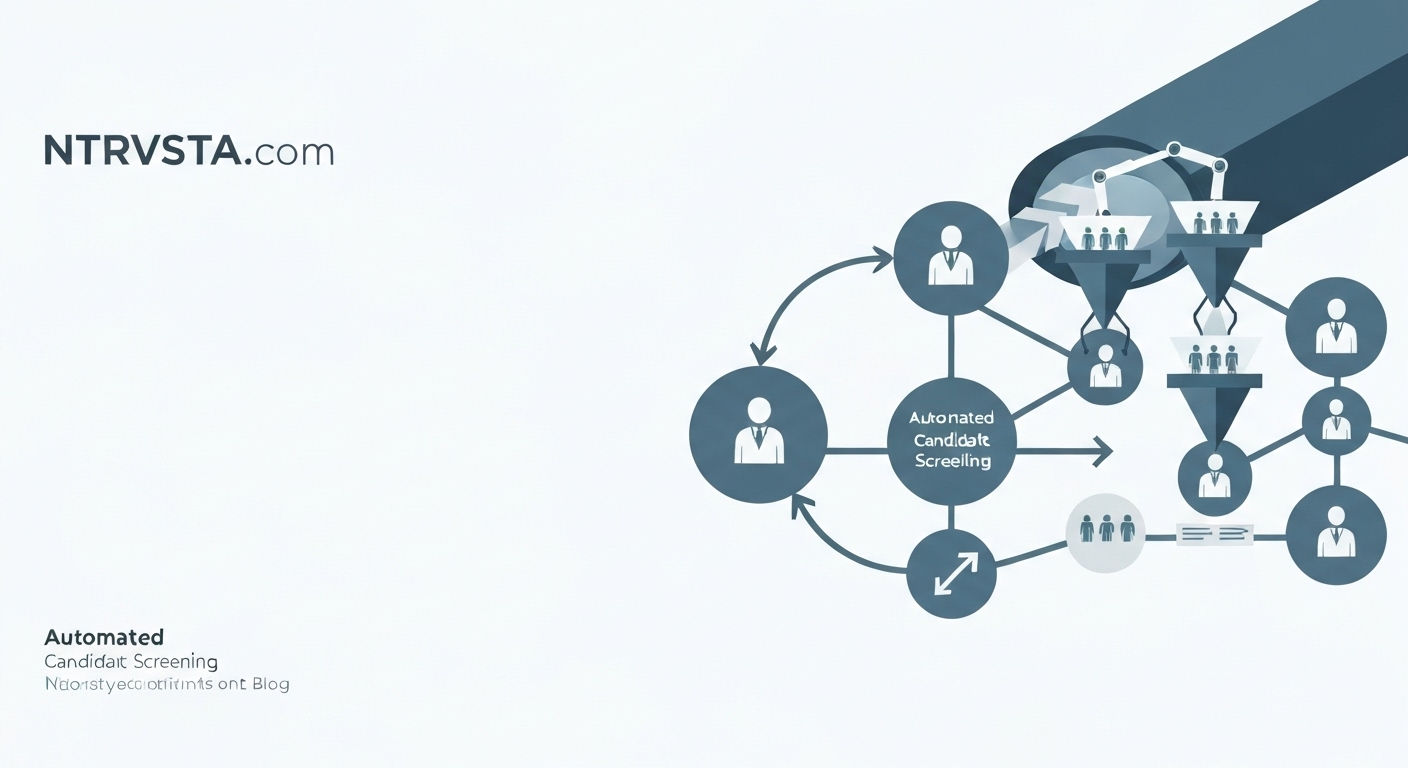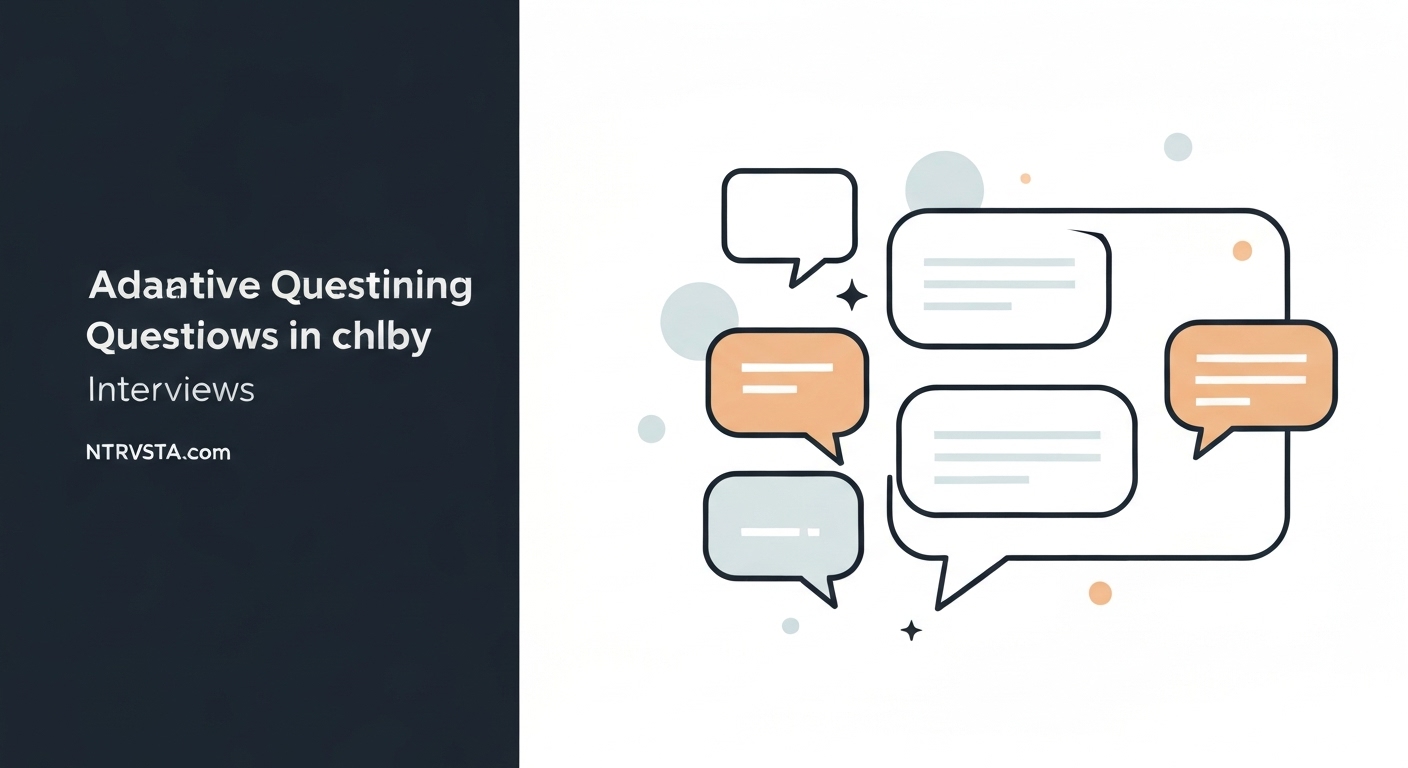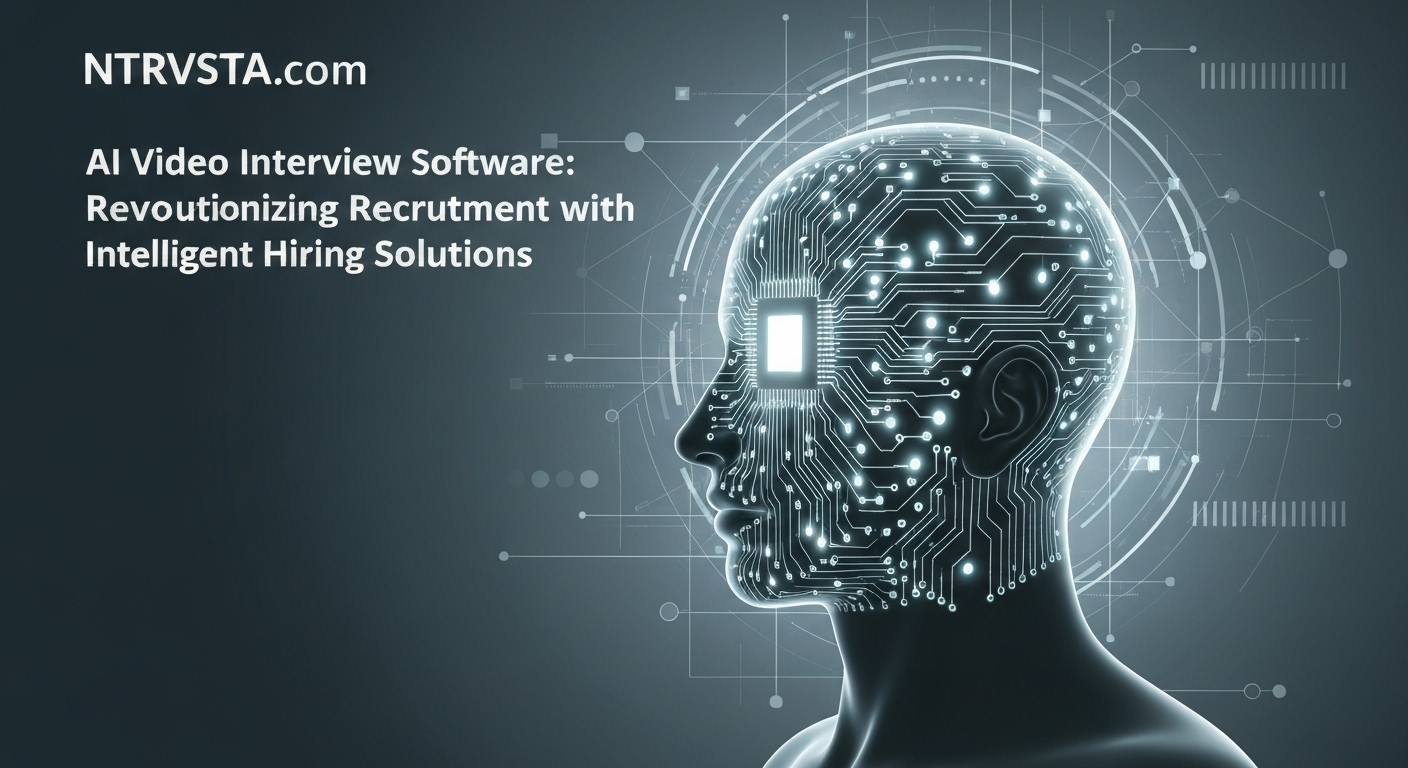Hiring great talent is harder than ever. Recruiters face thousands of applications, limited time, and the constant pressure to make faster, better decisions. Manual resume reviews and subjective screening methods are no longer scalable—especially in high-volume recruiting environments. That’s why more companies are turning to AI-powered screening to modernize the top of their hiring funnel.
By using artificial intelligence to evaluate candidates at scale, companies can dramatically reduce time-to-hire, increase recruiter efficiency, and identify stronger, more diverse talent from the very start.
What is AI-Powered Screening?
AI-powered screening is the use of artificial intelligence to automate and enhance the early stages of candidate evaluation. Rather than relying solely on human judgment or resume keywords, AI models analyze a broad range of data—from resumes and skills assessments to recorded interviews and communication patterns—to determine which applicants are the best fit for a role.
Modern AI screening platforms like NTRVSTA go beyond static resume parsing. They conduct automated interviews, evaluate both technical and soft skills, and generate detailed candidate profiles before a recruiter ever gets involved.
Key Benefits of AI-Powered Screening
1. Speed and Scale
AI can screen hundreds or thousands of applicants in minutes, drastically reducing time-to-fill for open roles. For high-volume hiring, this is a game-changer.
2. Consistency and Objectivity
AI applies the same criteria to every applicant, minimizing bias and improving fairness. Structured scoring models ensure candidates are evaluated on merit, not gut feeling.
3. Deep Candidate Insights
Platforms like NTRVSTA offer more than surface-level screening. They analyze communication skills, problem-solving ability, and behavioral traits—delivering insights that traditional resumes can’t provide.
4. Stronger Top-of-Funnel Decisions
By scoring and ranking candidates early on, AI ensures that recruiters spend their time on the most promising applicants, improving both efficiency and hiring outcomes.
How It Works: NTRVSTA’s Approach to AI Screening
NTRVSTA combines AI interviewing technology with advanced screening tools to help recruiters make smarter decisions at scale. Here's how the process typically works:
- Resume Parsing and Scoring: Resumes are automatically scored against the job description. The best matches are surfaced to the top.
- Automated First-Round Interviews: AI avatars conduct structured interviews, adapting questions in real time and evaluating soft skills as well as technical knowledge.
- Candidate Reports and Rankings: Each applicant is given a detailed scorecard, complete with video snippets, skill ratings, and communication summaries.
- ATS Integration: Results are synced with your existing recruiting platform, enabling smooth handoffs and streamlined pipelines.
This entire process happens before a recruiter schedules a single call—saving hours per hire and improving decision-making at the top of the funnel.
When to Use AI-Powered Screening
AI-powered screening is ideal for:
- High-volume hiring (e.g., customer service, retail, seasonal, or early-career roles)
- Tech and product recruiting where technical interviews are resource-intensive
- Diversity and inclusion efforts that aim to reduce bias at the screening stage
- Startups and scaling teams looking to do more with a lean recruiting staff
- Global hiring where time zone coordination makes traditional interviews difficult
Final Thoughts
AI-powered screening represents a fundamental shift in how modern companies attract, assess, and hire talent. By bringing speed, consistency, and intelligence to the earliest stages of recruitment, it empowers teams to scale their hiring efforts without sacrificing quality.
For organizations competing in a fast-moving talent market, this isn’t just a nice-to-have—it’s a strategic advantage.
Let me know if you'd like a version of this post tailored for a specific industry (e.g., tech, healthcare, retail), or formatted for social sharing or newsletter content.
Ask ChatGPT











